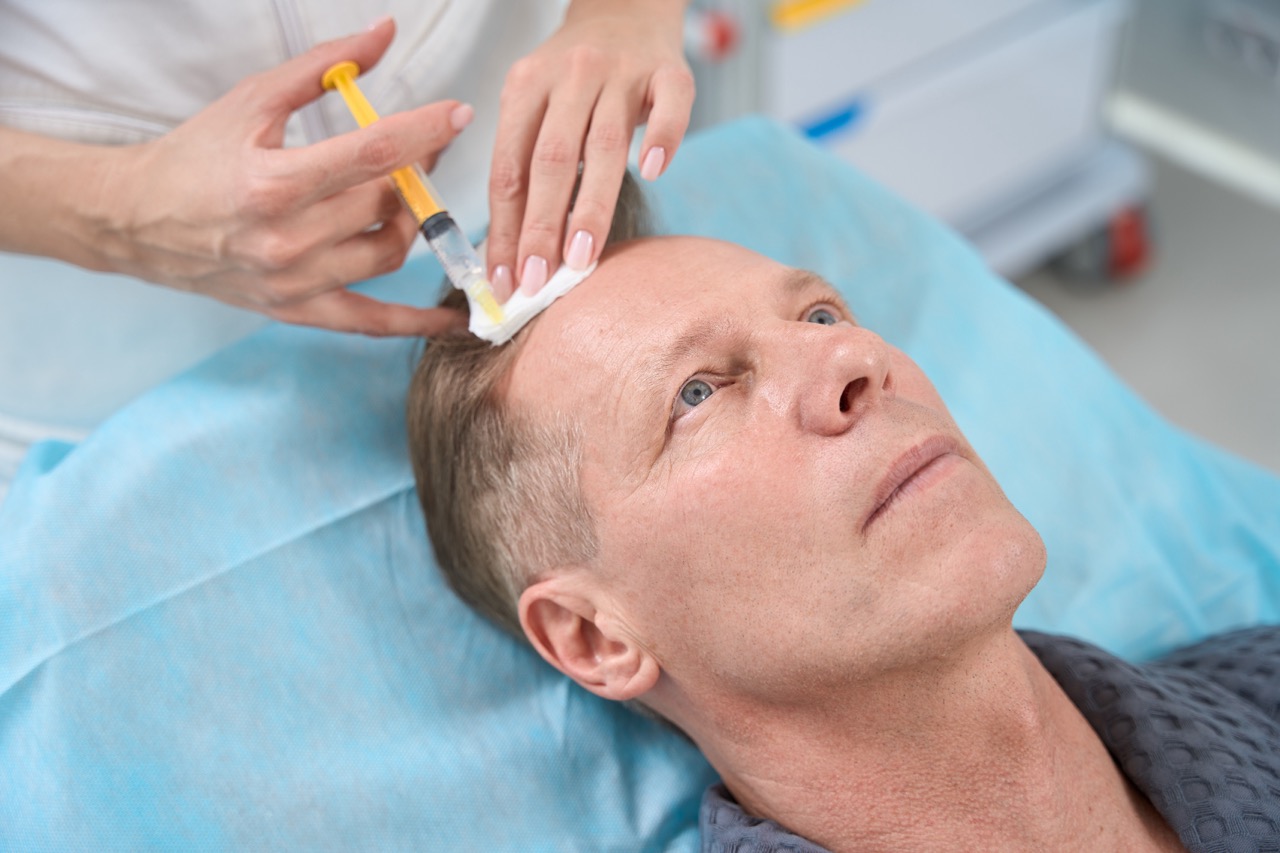What Happens If Hair Transplant Fails? Fixing Botched Results
Undergoing a hair transplant is a significant decision, and while the vast majority of procedures result in natural, satisfying outcomes, some patients experience less-than-ideal results. Whether due to poor planning, inexperienced surgeons, or unrealistic expectations, a “failed” hair transplant can leave patients feeling frustrated and disappointed. The good news is that in most cases, corrective measures can be taken. By understanding what causes a transplant to fail and exploring the available solutions, you can regain both your confidence and the hairline you were aiming for.
What Constitutes a “Failed” Hair Transplant?
A failed hair transplant isn’t always about complete graft loss. It’s often about unmet expectations, suboptimal density, or unnatural-looking results. Some common indicators include:
Poor Graft Survival Rate:
- The transplanted hairs fail to grow as expected, leading to sparse or uneven coverage.
Unnatural Hairline:
- The hairline appears overly straight, asymmetrical, or placed too low or too high on the forehead.
Scarring or Visible Donor Area Damage:
- Noticeable scarring in the donor area or excessive thinning due to overharvesting.
Patchy or “Pluggy” Appearance:
- The transplanted hairs grow in clumps or look unnatural, rather than blending seamlessly with the surrounding hair.
Inconsistent Density:
- Certain areas have significantly more hair than others, creating an imbalanced look.
Common Causes of Hair Transplant Failures
Inexperience or Lack of Skill:
- The most common reason for poor results is choosing a clinic or surgeon without adequate training or experience. A skilled surgeon will understand how to create a natural hairline, ensure proper graft placement, and minimize scarring.
Improper Planning:
- Poor assessment of the patient’s donor area, unrealistic density goals, or ignoring future hair loss patterns can all lead to unsatisfactory outcomes.
Overharvesting Donor Hair:
- Extracting too many grafts from the donor area can leave visible scarring or a thinned-out appearance, making it harder to fix the results later.
Inadequate Aftercare:
- Neglecting post-operative instructions, such as improper washing or resuming strenuous activities too soon, can compromise graft survival.
Underlying Medical Conditions:
- Factors like autoimmune diseases, poor scalp health, or smoking can interfere with healing and graft growth.
What Can Be Done to Fix a Failed Hair Transplant?
Corrective measures depend on the type and severity of the problem. Some common approaches include:
Additional Transplant Sessions:
- If the initial procedure didn’t provide sufficient density or coverage, another transplant may be performed. This is particularly effective if the donor area still has enough healthy hair. A skilled surgeon can redistribute grafts more effectively, refine the hairline, and create a more balanced appearance.
Refining the Hairline:
- A poorly designed hairline can often be corrected by adding new grafts or carefully removing and re-implanting existing ones. The goal is to achieve a more natural, gradual transition between the forehead and the hairline, ensuring symmetry and a natural growth pattern.
Scar Revision or Camouflage:
- Visible scars from strip (FUT) or poorly executed FUE procedures can be addressed by using grafts to cover the scars or by employing techniques like scalp micro-pigmentation (SMP). SMP involves tattooing tiny pigment dots into the scalp, creating the illusion of fuller hair and camouflaging scars.
PRP Therapy and Other Non-Surgical Treatments:
- Platelet-rich plasma (PRP) therapy, low-level laser therapy, or topical treatments like minoxidil may help improve the overall quality and thickness of existing hair. While these treatments won’t create new hair, they can enhance the appearance of transplanted hair and stimulate surrounding hair growth.
Combining Transplants with Medical Therapy:
- If poor results were partly due to ongoing hair loss, incorporating medical treatments such as finasteride can help stabilize the remaining hair and maintain the results of a corrective procedure.
Choosing the Right Surgeon for Correction
A corrective hair transplant requires exceptional skill and experience. When selecting a surgeon to fix a failed procedure, consider the following:
Proven Track Record:
- Look for surgeons who specialize in corrective work and have a portfolio of successful revisions.
Experience with Advanced Techniques:
- Ensure the surgeon is proficient in both FUE and FUT, as well as alternative approaches like body hair transplantation or SMP.
Clear Communication:
- A good surgeon will set realistic expectations, explain the risks, and guide you through the recovery process.
Patient Reviews and Testimonials:
- Read reviews, view before-and-after photos, and seek recommendations from other patients who have undergone corrective procedures.
Preventing Hair Transplant Failures
While fixing a failed transplant is possible, prevention is always preferable. To minimize the risk of unsatisfactory results:
Choose a Reputable Clinic:
- Don’t base your decision solely on cost. Research clinics with experienced, qualified surgeons, positive patient feedback, and a strong track record.
Ask About Technique and Planning:
- Make sure the surgeon uses the latest techniques, conducts a thorough consultation, and considers your long-term hair loss pattern.
Follow Aftercare Instructions:
- Adhere to all post-operative guidelines to ensure proper healing and graft survival.
Maintain Realistic Expectations:
- Understand that a hair transplant won’t restore the hair density you had in your teens. The goal is improvement, not perfection.
Conclusion
While a failed hair transplant can be disheartening, it’s often fixable with the right approach. By working with an experienced surgeon who specializes in corrective procedures, you can achieve a more natural, balanced, and satisfying result. Whether through additional grafts, scar camouflage, or advanced non-surgical treatments, there are effective solutions that can help restore your confidence and give you the hair you’ve been hoping for.
 English
English














